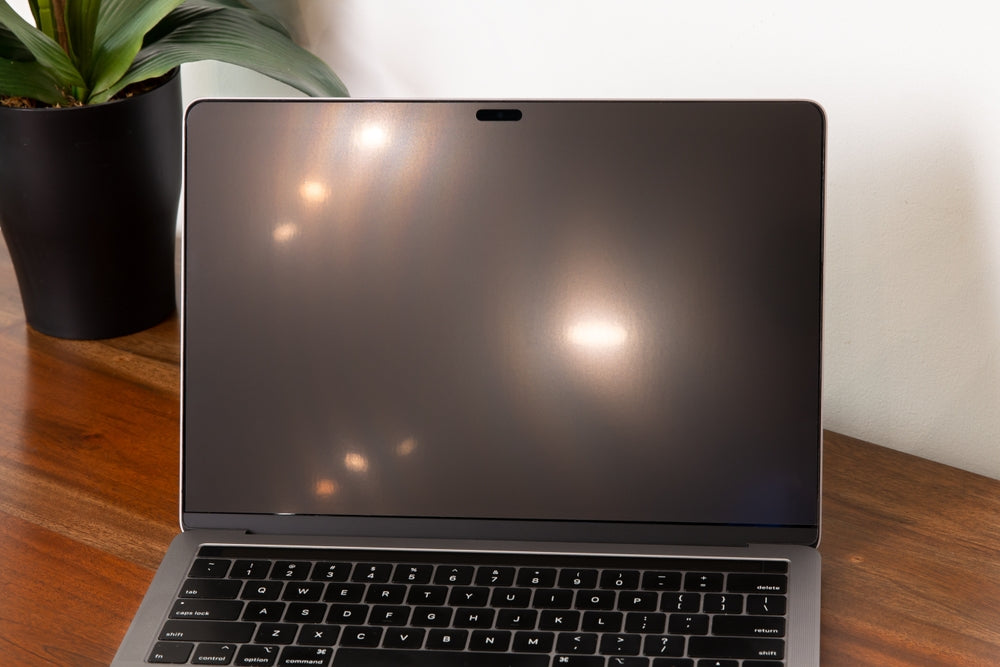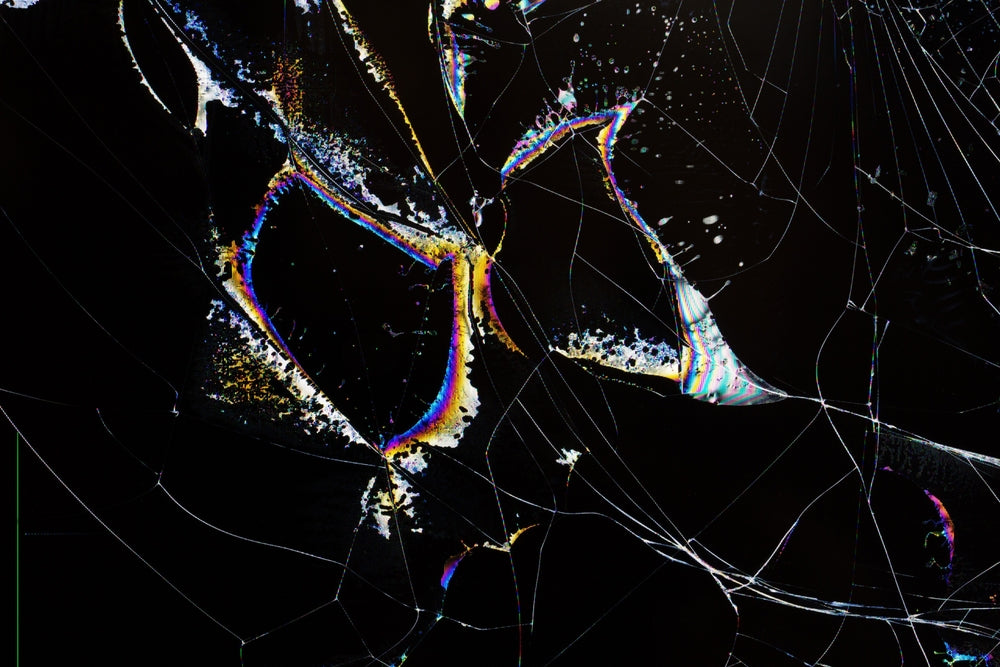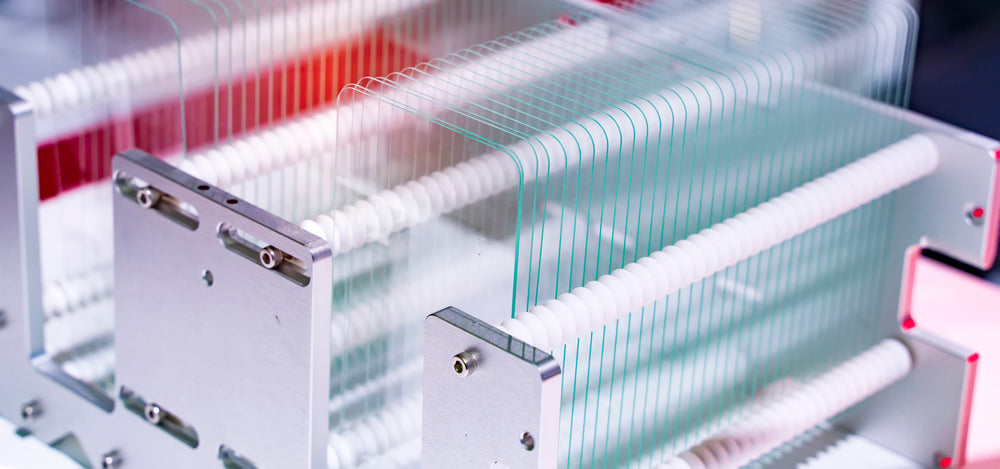
The glass substrate of an LCD (Liquid Crystal Display) is made from aluminosilicate and other components. It is an electronic-grade material that needs to have low alkalinity, high flatness, high-temperature resistance, and a low coefficient of thermal expansion.
Display glass can be categorized based on its alkali content into alkali glass, low-alkali glass, and alkali-free glass. Different compositions result in varying material characteristics such as softening point, thermal expansion rate, and density.
Glass Substrate PropertiesGlass Substrate Properties
| Property | Alkali Glass | Low-Alkali Glass | Alkali-Free Glass |
|---|---|---|---|
| Alkali Content % | 13.5 | 7 | 0 |
| Softening Point (°C) | 510 | 535 | 593-667 |
| Thermal Expansion Rate (x 10^-7/K) | 85 @ 50~350℃ | 51 @ 50~385℃ | 37-48 @ 0~380℃ |
| Density (g/cm³) | 2.49 | 2.36 | 2.49-2.78 |
| Production Method | Float Method | Float Method, Stretch Method | Fusion Method, Stretch Method |
| Applications | TN, STN | STN | TFT |
Alkali Glass: This type has the highest alkali content (13.5%) and a relatively lower softening point (510°C). Its thermal expansion rate is 85 x 10^-7/K at 50~350°C, and its density is 2.49 g/cm³. Alkali glass is typically produced using the float method and is used for TN and STN displays.
Low-Alkali Glass: This glass contains 7.0% alkali, with a softening point of 535°C. Its thermal expansion rate is 51 x 10^-7/K at 50~385°C, and it has a density of 2.36 g/cm³. Low-alkali glass can be produced using both the float and stretch methods and is primarily used for STN displays.
Alkali-Free Glass: With no alkali content, this glass has the highest softening point range (593-667°C) and the lowest thermal expansion rate (3748 x 10^-7/K at 0380°C). Its density ranges from 2.49 to 2.78 g/cm³. Alkali-free glass is manufactured using the fusion and stretch methods and is used in TFT displays.
Read more

Polarizers without any surface treatment are usually called clear polarizers. Typically, the lower polarizer (attached to the array substrate) of a display is a clear polarizer. However, the upper...

Liquid crystals (LC) are a special state of matter that exists between isotropic liquids and solid crystals. Within a specific temperature range, they exhibit the birefringence typical of anisotro...



Leave a comment
This site is protected by hCaptcha and the hCaptcha Privacy Policy and Terms of Service apply.